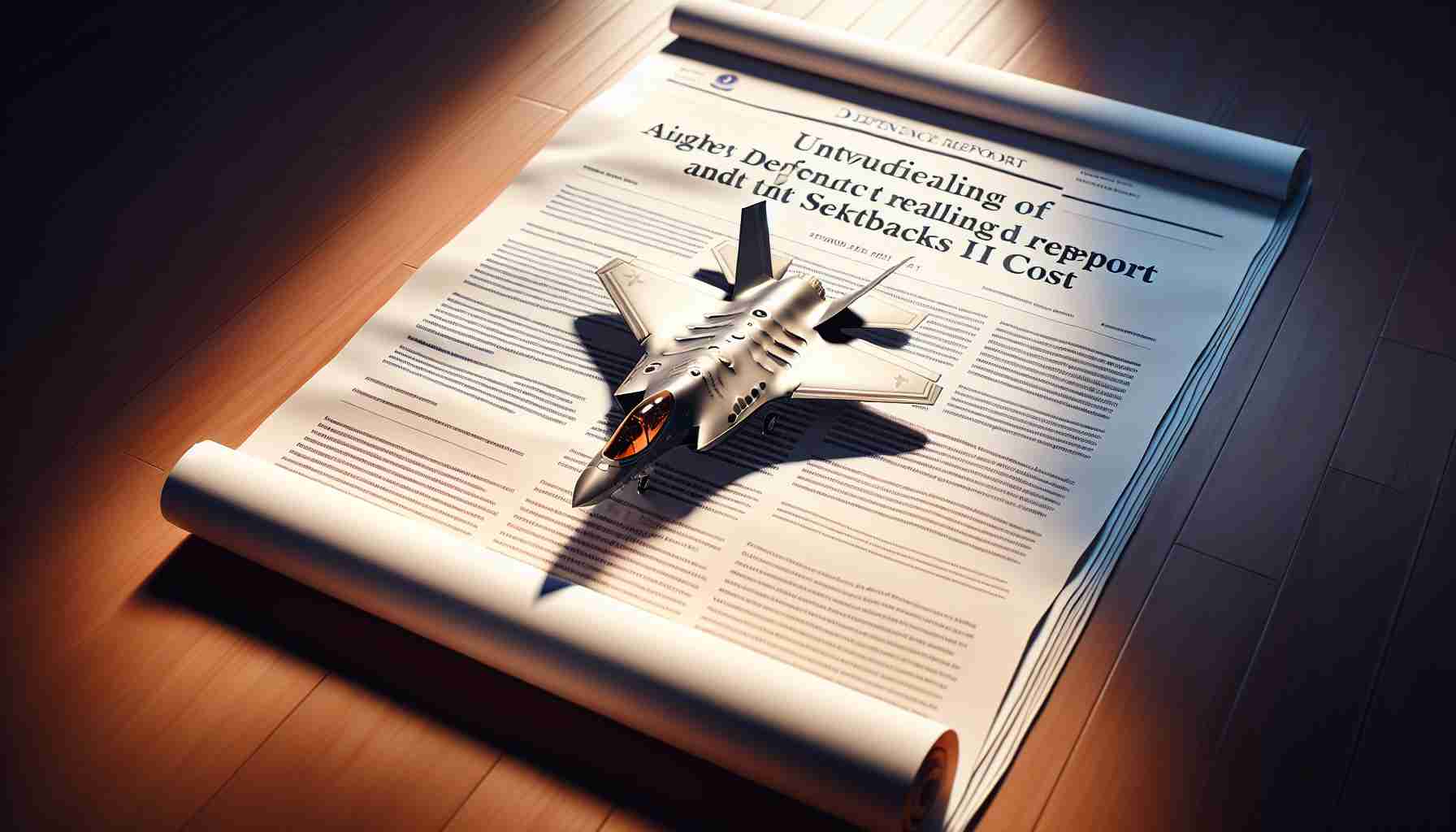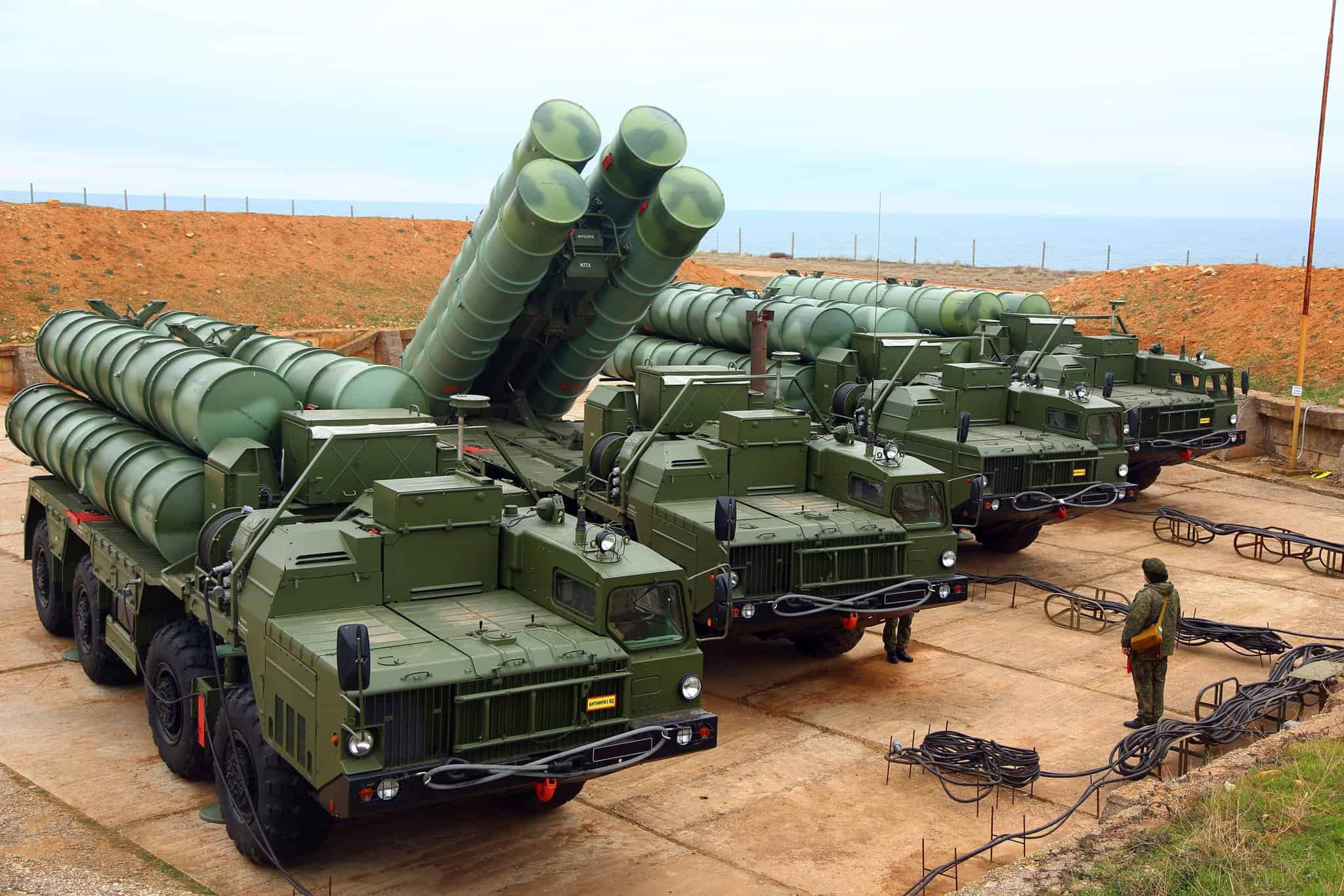Declassified Report Exposes Critical Issues in America’s Costliest Jet Fighter
The Lockheed Martin F-35 Lightning II, created under the ambitious Joint Strike Fighter program, was intended to revolutionize air combat and replace legacy fighters like the F-16 and F/A-18. While it boasts stealth capabilities, supersonic speeds, and advanced intelligence systems, recent revelations from a Pentagon report paint a troubling picture of its operational readiness.
Developed primarily with U.S. funding but heavily reliant on contributions from NATO allies, the F-35 has faced significant hurdles. Six years of testing have not resolved its pervasive reliability, maintenance, and availability issues. This declassified assessment, brought to light by the Project on Government Oversight (POGO), highlights severe underperformance against expected military standards.
The report reveals that critical onboard diagnostic systems are prone to false alarms, complicating maintenance efforts and increasing operational risks. Inadequate repair times and stealth design failings further compromise the aircraft’s combat effectiveness. The jet’s cannon also suffers from accuracy problems, and logistical plans for the Marine Corps’ F-35B variant fall short, generating heightened concerns about its deployment capabilities.
Acknowledging these issues, the Department of Defense has controversially increased F-35 production. Critics, including Greg Williams from POGO, urge for more robust oversight and comprehensive cybersecurity testing to ensure the F-35 can withstand real-world threats, especially considering potential vulnerabilities.
As financial and logistical challenges loom over the F-35 program, the administration faces pressing decisions on whether to recalibrate its strategy to safeguard national and allied defense interests.
The Hidden Costs and Challenges of the F-35 Fighter Jet Revealed
The Lockheed Martin F-35 Lightning II, a cornerstone of modern U.S. and NATO air combat efforts, has been the subject of controversy due to its spiraling costs and performance issues. Despite its cutting-edge features like stealth technology and advanced intelligence systems, the jet has been beset with troubles that detract from its intended role in replacing legacy aircraft like the F-16 and F/A-18.
## Features and Specifications
The F-35 boasts several state-of-the-art features:
– Stealth Capabilities: Designed to avoid radar detection, enhancing its survivability in combat.
– Supersonic Speeds: Capable of reaching speeds over Mach 1 to engage adversaries swiftly.
– Advanced Avionics: Equipped with complex intelligence and reconnaissance systems to provide pilots with real-time data.
These innovations are intended to make the F-35 a formidable opponent in air combat, but a new declassified report has surfaced flaws undermining these strengths.
## Operational and Maintenance Challenges
One major issue highlighted in the Pentagon’s report is the reliability of the F-35’s diagnostic systems, which suffer from frequent false alarms. These false readings make it difficult to maintain the jets, leading to increased downtime and cost overruns.
Additionally, the aircraft’s maintenance is further complicated by:
– Slow Repair Processes: Delays in repairing components lead to reduced aircraft availability.
– Stealth Design Flaws: Issues with the materials and design intended to keep the jet undetectable compromise its effectiveness.
– Cannon Accuracy Problems: The onboard cannon exhibits accuracy issues that could impede mission success.
## Cybersecurity Concerns
Given the advanced technological framework of the F-35, cybersecurity is paramount. Critics argue for more rigorous cybersecurity assessments to ensure the jet can withstand cyber threats, a priority considered overdue by experts like Greg Williams from the Project on Government Oversight (POGO).
## Market Analysis and Military Implications
The F-35 represents a significant investment not just for the U.S. but also for its NATO allies. With billions committed, stakeholders are faced with the reality of:
– Increased Production Despite Issues: Despite challenges, production is ramping up, leaving critics questioning this strategy without addressing identified issues.
– Strategic Reassessment: Ongoing debates focus on whether recalibrating the F-35 strategy could better serve NATO interests and improve defense alignment.
## Sustainability and Future Predictions
The program’s sustainability is under scrutiny, with financial and logistical pressures demanding strategic adjustments. As the Department of Defense navigates these complexities, predictions about the F-35’s future involve striking a balance between technological advancement, budget constraints, and national security.
The F-35’s journey symbolizes both the potential and pitfalls of modern defense technology. Moving forward, robust oversight and innovation will be essential to realizing its full capabilities while safeguarding funds and fulfilling its military promise.
For more information, visit Lockheed Martin.
















